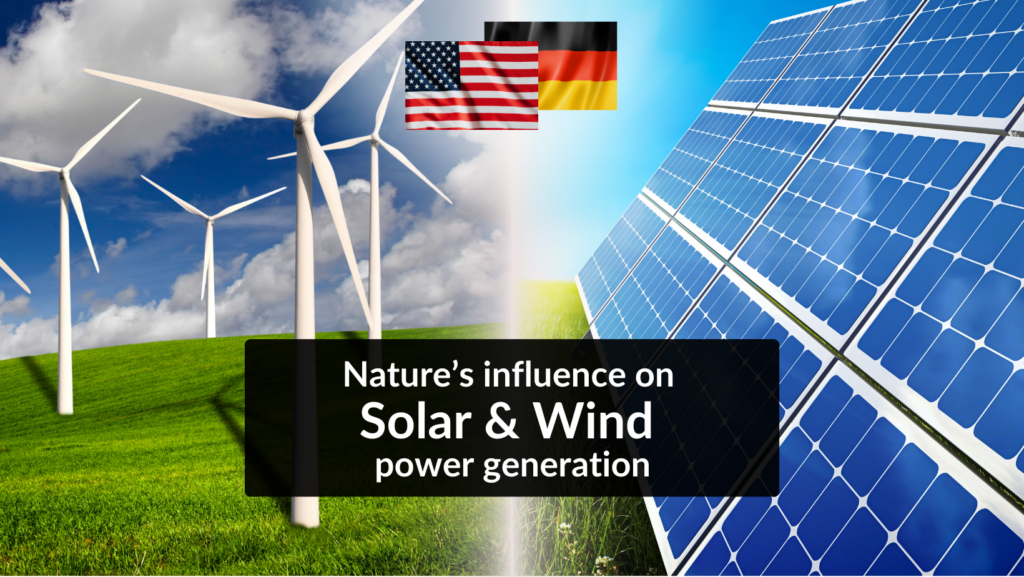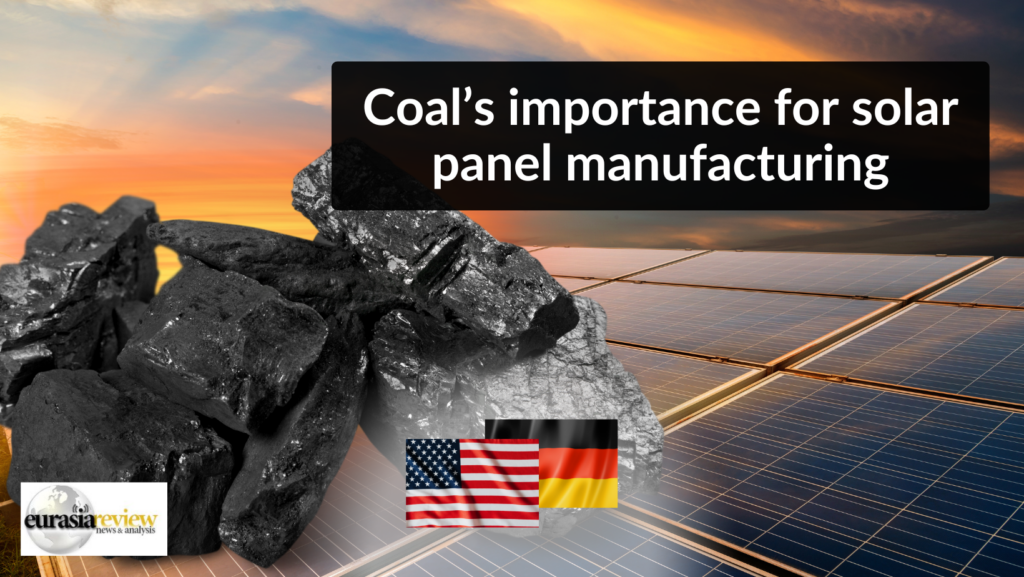Electric vehicles part 1

EVs are lauded for their potential to slash CO2 emissions. However, a comprehensive environmental footprint considers more than just emissions. Factors like raw material extraction, energy consumption, and end-of-life disposal add layers to the sustainability narrative. Energy economist Michael Sura’s research delves into these aspects, offering insights into the nuanced environmental impact of EVs.
Nature’s influence on solar and wind power generation

When it comes to electricity generation, terms like capacity factor, utilization, and load factor often get thrown around like confetti at a parade. And guess what? They’re not synonymous with one another. A lot of confusion about using the term “capacity factor” stems from the press, certainly from politics, and even amongst “energy experts. It’s understandable, though. Knowing what phrases like “natural capacity factor” (nCF), “utilization”, “load factor”, and “conversion efficiency” really mean and which can be influenced/ improved with further investment is, in my opinion a crucial piece of the “renewable energy” puzzle…now as always with a puzzle let´s start with some corner stones/pieces
Coal’s importance for solar panel manufacturing

So why are coal and solar so closely interlinked? Why is it that solar panel manufacturing is impossible without coal?
So why are coal and solar so closely interlinked? Why is it that solar panel manufacturing is impossible without coal?
In this blog post you will see how important uninterrupted power supply is, especial for industrial processes such as silicon smelting. Obviously, this power comes from coal in China, and cannot come from wind or solar. Let’s dig deeper.
South Africa Electricity

Coal is globally, and certainly for South Africa, the most important source of power. The commodity is required for almost every product and structure that we see around us and use every single day, either directly or indirectly. There is virtually no machine, cement, steel, aluminum, building, car, computer, iPhone, or even a solar panel or windmill that can be created without coal.
South Africa should rather embrace good old King Coal as part of its energy future by supporting investments to improve environmental and economic efficiencies. In a global context, coal has enormous value. The fuel, originating from plants that date back millions of years, retains its position as the most important source of electricity, constituting about 36% in 2023, and the second most crucial source of primary energy, accounting for approximately 25% share in 2023. As the graph below shows, its absolute volumes continue to set new records almost every year, despite a slight reduction in the global share of coal.
What now Germany?… How do we get electricity…?

What now Germany… how do we get electricity…???
“Germany’s heavy industry is worse off now than during the worst COVID times”…True or False?
Of course, the high gas and coal prices of 2022 have something to do with it… they were high because of Putin, which affected Germany as it doubled its “energy transition-related” dependence on Russian gas over the last 20 years.
Or maybe we should consider that coal and nuclear power were gradually reduced, or maybe because energy security was not really taken seriously, or because the sun doesn’t shine at night and the wind doesn’t always blow?… certainly not.
The Germany energy news is … as German policymakers and energy industry leaders face enormous challenges due to a recession, deindustrialization and more, the country continues to work to meet ambitious renewable energy goals amidst an unfolding energy crisis.
Read more…
